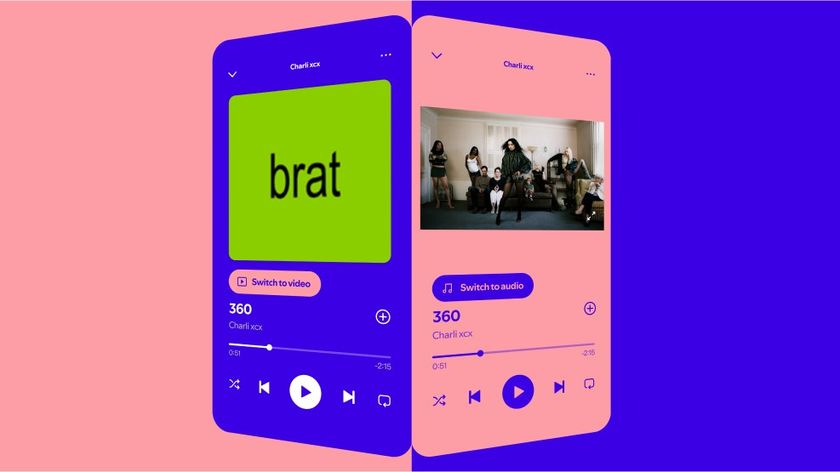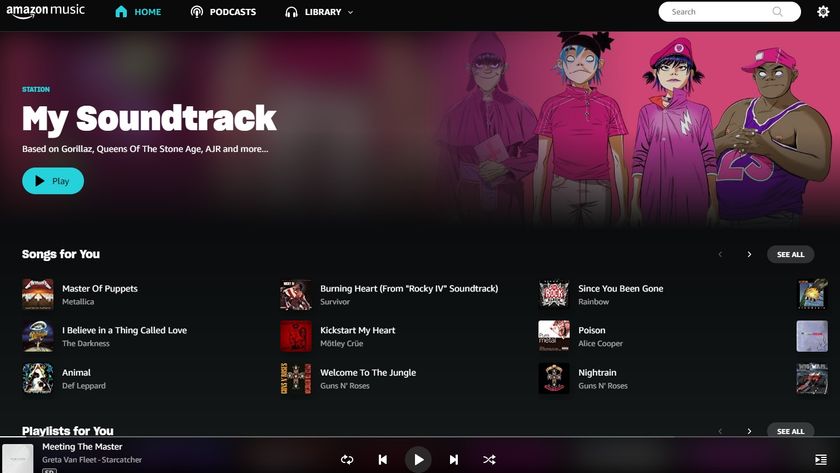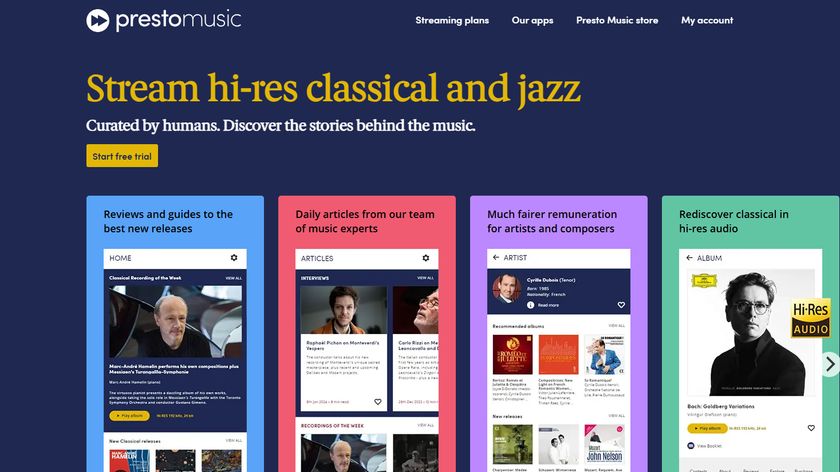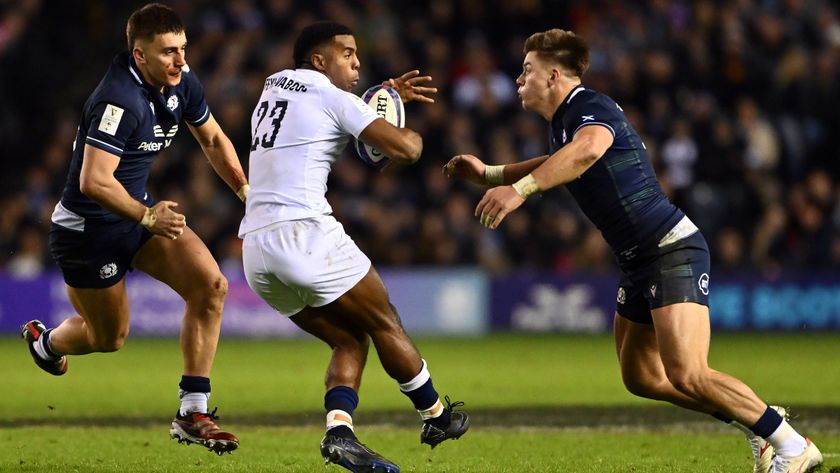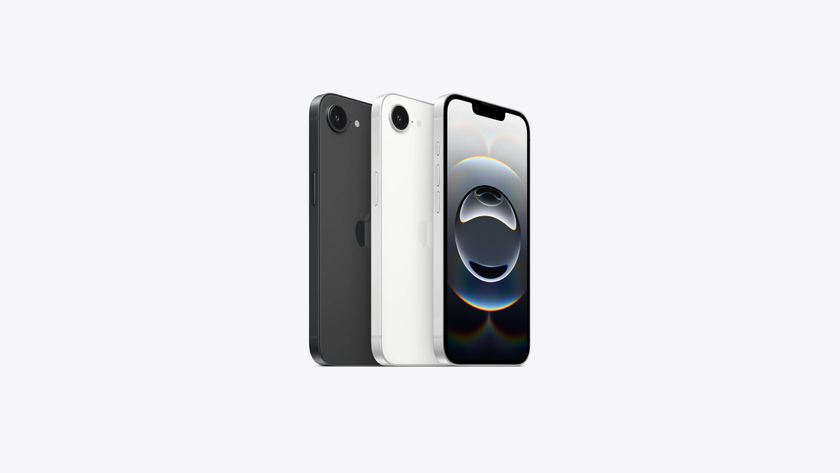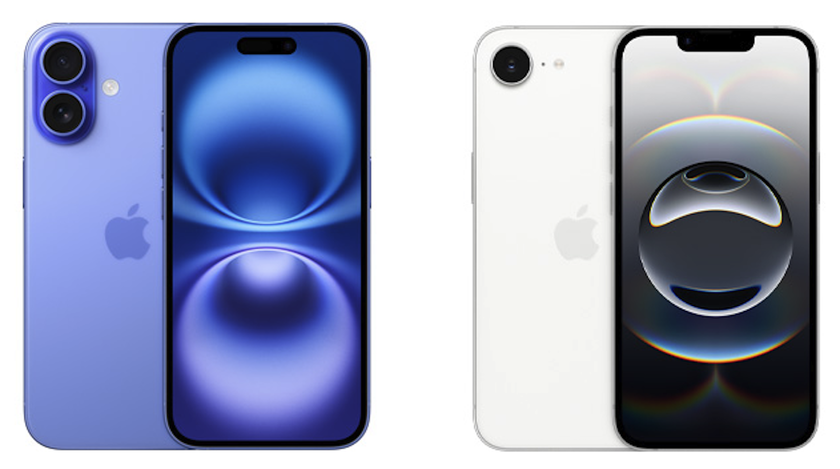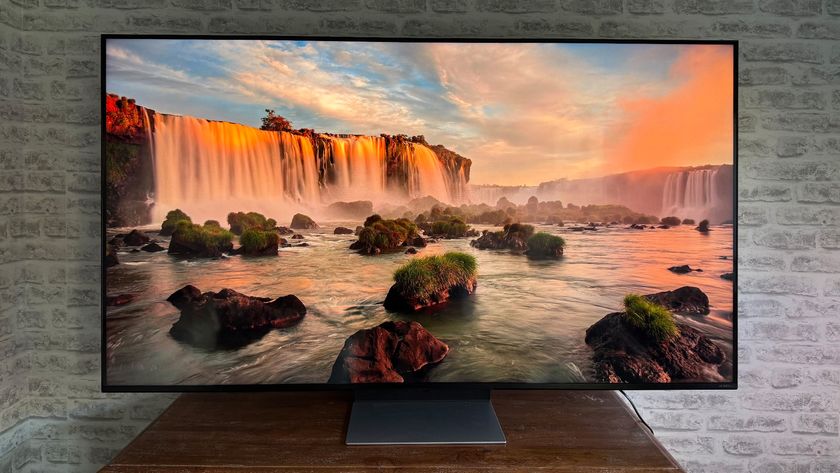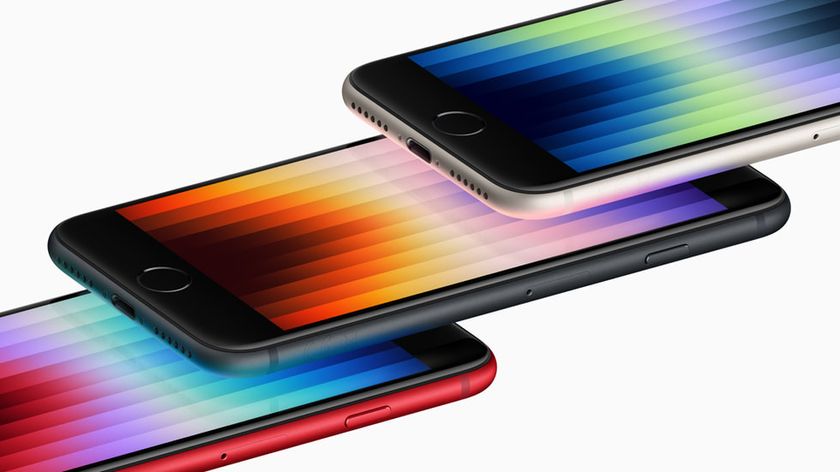Apple Music tips: how to listen offline, use Alexa, share your account and more
A handy guide for deciphering Apple Music's hidden depths
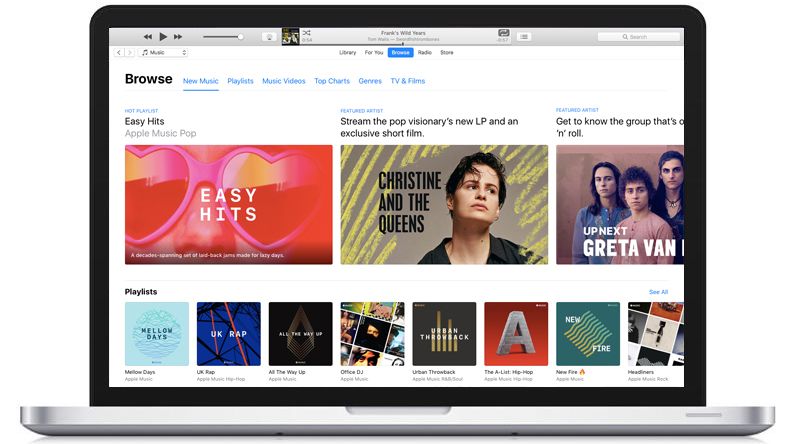
Apple Music launched in 2015 and took only five years to gain 72 million subscribers (a good 20 million fewer than it boasts today). Even more impressively (depending on who you ask), the Spotify rival also racked up a five-star review from us.
Plenty of iOS updates, a few interface refreshes, and the introduction of hi-res audio quality later, not to mention the arrival of the splendid HomePod Mini, there's no better time to get acquainted with the ins and outs of Apple's music streaming service. You won't get far with Apple's little smart speaker if you don't, at any rate – and there's so much to enjoy.
Whether you are on the free trial or already a subscriber, we've pulled together some key tips, tricks and features to make sure you get the utmost from Apple Music. Let's get listening.
- Read our Apple Music review
Can Apple Music play offline?
You can save tracks, albums and playlists to your phone for offline playback (when you don't have an internet connection) if iCloud Music is enabled.
You can only download music that's been added to your library. If there's a '+' icon next to a song, that means it isn't added to your library. Tap it to add. It'll then transform into a cloud icon, meaning it's not been downloaded yet. Tap the cloud to download it.
You can identify the songs downloaded on your device as they won't have an icon next to them.
Can Apple Music play on Alexa?
It can. You'll need an Amazon Echo, Amazon Fire TV or Alexa-enabled speaker that you’ve already set up with the Amazon Alexa app on your iOS or Android device.
To set it up, open the Amazon Alexa app, tap More > Skills & Games, then search for Apple Music in the search field. Tap Enable To Use > Settings > Link Account, then follow the instructions to sign in with your Apple ID.
How to play Apple Music Lossless and Hi-Res Lossless
Apple offers three tiers of higher resolution audio: CD quality (16-bit/44.1kHz), Apple Music Lossless (up to 24-bit/48kHz), and Hi-Res Lossless (up to 24-bit/192kHz). You can choose your quality through the Settings > Music > Audio Quality section of Apple Music.
All of Apple Music's 90-million-strong music catalogue is now available in CD quality or Apple Music Lossless, with around a quarter of that number (and counting) available in Hi-Res Lossless too.
Apple's iPhones (since the iPhone 7) natively support Lossless, but if you want to listen to Hi-Res Lossless (i.e streams above 24-bit/48kHz) on your iPhone, you'll need to connect an external DAC and use a wired pair of headphones. Check out our guide for how to listen to hi-res audio on an iPhone.
How to use Siri to control Apple Music
You can use voice control to play your music, whether you're on your iPhone or Apple Watch (for instance: "Hey Siri, play AC/DC"). But it's actually even cleverer than that. You can start a radio station by saying "play AC/DC station".
Apple Music can also play by date, popularity and release date, so "play the number one hit from April 1988", "play the top songs by AC/DC" or "play the newest song by AC/DC*" all work. It can be a little hit and miss at times, but it's worth experimenting with all sorts of commands.
(*other bands are available. They're not as good, though.)
Can Apple Music be shared?
It can. If you want to listen to multiple devices at the same time, you'll need a Family Membership. This gives simultaneous streaming access for up to six different people for £14.99 ($14.99 / AU$17.99) per month.
The Apple Music Individual Membership plan (£9.99 / $9.99 / AU$11.99 per month) can be associated with up to 10 devices, five of which can be computers. But you can only stream on one device at a time, as is the case on Spotify, Tidal and other services.
Which is the best Apple Music plan?
It depends. If you're listening on your tod, the Individual plan should do you fine. But if you want everyone in the household to get involved, the Family Membership is much cheaper than all taking out Individual plans. Remember, it's not just for families – it could be students in a hall of residence, or people in a house share.
Can Apple Music work on Android?
Yes. The Apple Music Android app is available to download from Google Play.
Are Apple Music and iTunes the same thing?
No, though you can now play your iTunes library through Apple Music. This includes music that you imported into iTunes, purchased from the iTunes Store, and playlists that you created in iTunes.
How to unsubscribe from Apple Music
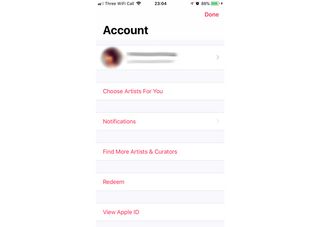
If you're signing up for a free trial and don't want to commit to paying for the service afterward, you can opt-out straight away.
To do this, click on your profile icon in the top right corner of the screen in the For You tab, hit View Account, then View Apple ID and sign in to your iTunes account.
Next, tap Subscriptions halfway down the page. Here you can 'cancel' your free trial so it won't automatically renew – don't worry, you can still use it free for the duration of the trial. This is also how to select your subscription choice in the future. Savvy.
How to bulk unfollow artists on Apple Music
When you sign up for Apple Music, Apple will take the liberty of 'following' any artist already in your library as part of its Connect feature. This means your Connect section (now relegated to the Made For You tab) will be full of new and seemingly never-ending content from these artists. This may not be what you're after, especially if you once bought Baby Shark (for a kid's party or something. We don't judge).
It's on by default, but you can switch it off by tapping the profile icon, then clicking on 'Notifications' (to see the artists you supposedly 'like') and then sliding the 'New Music' and 'Show in Library' buttons to 'off'. Now you can make sure you only hear from the artists you really like.
How to sign in to iCloud Music for extra features
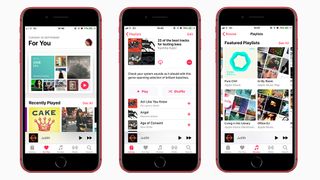
You might want to enable iCloud Music Library to get the most from Apple Music if you're using an iPhone or iPad. A number of features are only available with iCloud Music activated – most notably offline listening. In your iPhone/iPad, go to Settings > Music and toggle iCloud Music Library on.
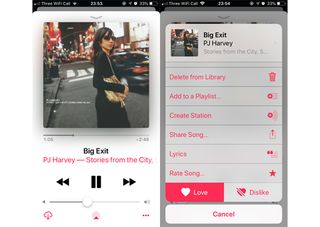
How to optimise storage with Apple Music
This one is a no-brainer. Because why fill up your phone’s storage space with music you’re not listening to? The Optimise Storage feature in Apple Music will automatically delete downloaded songs if storage is running low and you haven’t listened to them in a fair while.
It's a neat, simple feature that keeps your phone free of music you don’t need. And once you've toggled a button, you're all set. It works when you're low on storage. To set it up, open the Settings menu on your iPhone, scroll to Music, then Optimise Storage. Boom.
Can Apple Music identify songs?
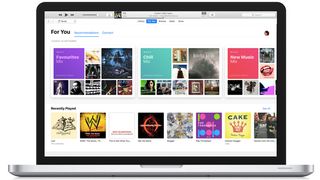
Here's a bit of insider knowledge: music-identifying service Shazam is built right into iPhones, even without a download of the app. This nifty tool can help you figure out what songs are playing when you’re in the car and can't scrutinise your screen (do not scroll and drive), or while watching shows or movies.
If you’re trying to put a name to a song, simply tap the Shazam button on your iPhone, iPad or iPod touch. And here's the best bit: the app will identify the music you’ve captured and save it to your library.
To use this feature, open the Control Center in your device's Settings and add the Music Recognition icon to your 'Included Controls' – if music recognition is enabled on your device, you'll be able to swipe up and see the Shazam icon from your iPhone's lock screen. Now, tap this Shazam music recognition button to swiftly identify what’s playing around you.
What Apple Music EQ is best?
You can use Apple Music to change the way music sounds on iPhone with EQ settings, volume limit options and Sound Check. Simply go to Settings > Music > EQ to choose from an exhaustive list of presets. To normalise the volume level of your audio: go to Settings > Music, and toggle on Sound Check.
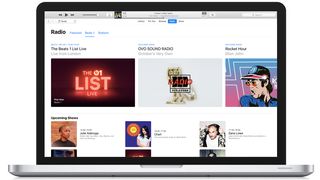
Who can you share Apple Music with?
Fancy sharing new music discoveries with your friends? You can do it by creating an Apple Music profile within the app. Then, if your friends subscribe and create a profile, you can see what they are listening to too.
To create a profile, tap Listen Now and, in the upper-right corner of this screen on your iPhone, tap the photo icon. (On an Android device, tap the More button, then Account). Now, tap See What Friends Are Listening To. Follow the onscreen prompts to create a username, find and follow friends, share playlists and more.
You can also control what you share (nobody needs to know all of your listening habits, right?), hide certain playlists, block or unblock users or follow your friends’ accounts.
Are Apple Music lyrics accurate?
They are, so much so that you can search by lyrics. (So it's not just for karaoke.) Just start typing lyrics in the search box and voila – you'll get the song you're looking for (or at least suggestions for what it could be).
To see lyrics while you listen, scroll up from the now playing screen, and lyrics (where available) will appear. Alternatively, tap the Lyrics tab in the pop-up options menu.
MORE:
Get the What Hi-Fi? Newsletter
The latest hi-fi, home cinema and tech news, reviews, buying advice and deals, direct to your inbox.

Kashfia is the Hi-Fi and Audio Editor of What Hi-Fi? and first joined the brand 13 years ago. During her time in the consumer tech industry, she has reviewed hundreds of products (including speakers, amplifiers, turntables and headphones), been to countless trade shows across the world and fallen in love with hi-fi kit much bigger than her. In her spare time, Kash can be found tending to an ever-growing houseplant collection and shooing her cat Jolene away from spinning records.
